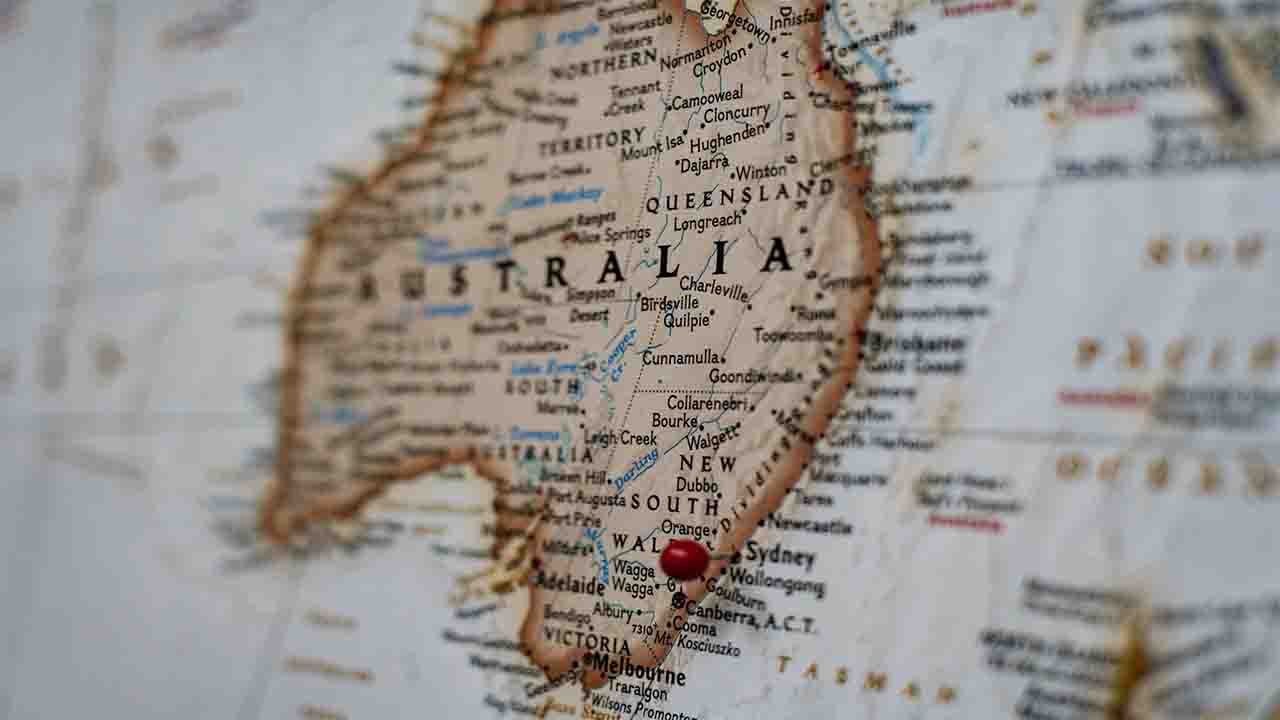In a notable turn of events for the Australian labor market, December witnessed a sharp decline in employment figures following two months of unexpectedly robust growth.
The Australian Bureau of Statistics (ABS) released data on Thursday, revealing a substantial drop of 65,100 jobs in December, contrasting with the revised surge of 72,600 jobs recorded in November, surpassing market expectations that anticipated an increase of approximately 17,600 jobs.
Concurrently, the jobless rate persisted at 3.9%, maintaining the highest level observed since May 2022. The participation rate, however, experienced a significant decrease from a record high of 67.3% to 66.8%.
The market response to this data was relatively subdued, overshadowed by global developments that led traders to temper their optimism regarding worldwide economic easing. The local currency briefly dipped to US$0.6538 before rebounding to US$0.6558, while three-year bond futures sustained losses at 96.17, down seven ticks for the day.
The ABS acknowledged a shift in hiring patterns late in the previous year, contributing to the unexpected employment gains in October and November, followed by a substantial decline in December in seasonally adjusted terms.
Su-Lin Ong, Chief Economist at RBC Capital Markets, emphasized that, despite the volatility, the overarching narrative remains consistent—a loosening in the labor market. Ong noted the Reserve Bank of Australia’s likely satisfaction with this trend, aligning with their expectations.
The labor market’s evolution has generally aligned with the Reserve Bank of Australia’s forecasts, characterized by a resilient job market and an influx of migration supporting labor supply and restraining wage inflation. However, the quarterly data revealed a jobless rate increase from 3.6% in September to 3.9% in December, attributed to insufficient job creation to absorb the surge in workforce supply from heightened migration.
As the Reserve Bank of Australia has raised interest rates by 425 basis points to a 12-year high of 4.35% since May 2022 to curb inflation, the focus now shifts to their next meeting on February 6. Analysts speculate that the global economic landscape may influence their decision, with markets leaning toward a hold in February despite ongoing expectations of a peaked interest rate scenario. Traders currently foresee a potential rate cut only in November, with a modest 32 basis points of easing anticipated for the year.








